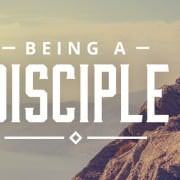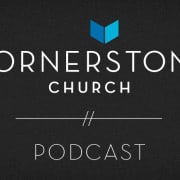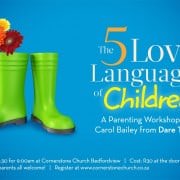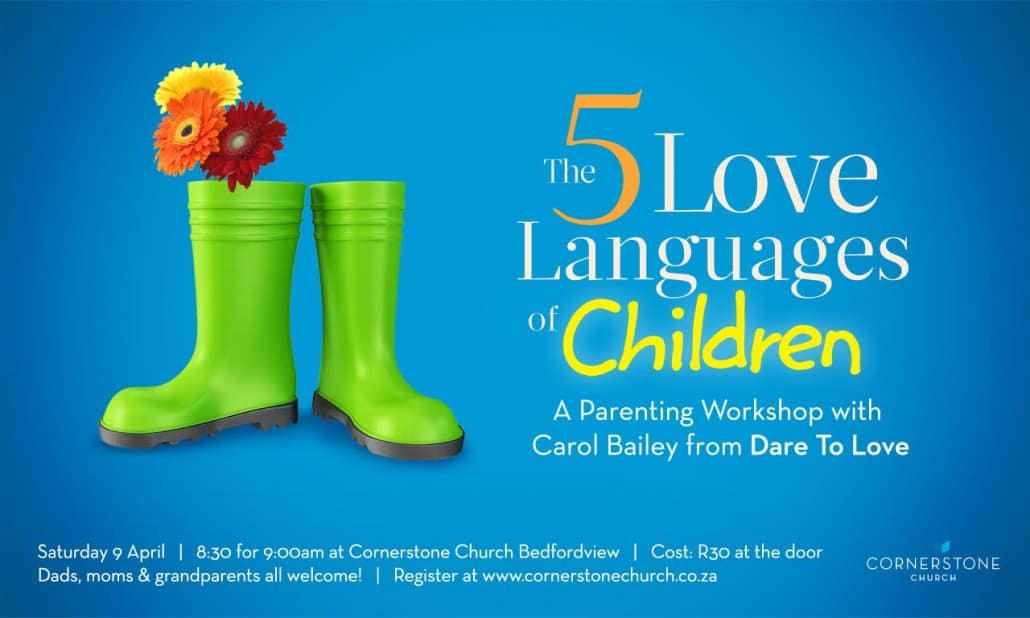On 9 April 2016, Cornerstone Church Bedfordview will be hosting a workshop based on the book The 5 Love Languages of Children, by Gary Chapman and Ross Campbell.
Kids desperately need to know how much you love them. But if you don’t know their special “love language”, you may as well be speaking gibberish. Every child (and adult) expresses and receives love best through one of five communication styles. Find out which of these your child speaks. If your love language is different from your child’s, you could miss your chance to meet their deepest emotional needs. Discover how to express unconditional feelings of respect, affection and commitment that will resonate in their souls – and inspire them for the rest of their lives.
The workshop is hosted by Carol Bailey from Dare to Love, who uses her experiences in both the classroom and the home to share examples and ideas on the application of the Five Love Languages with children under 12 years. The workshop is designed to help parents identify their child’s primary love language as well as recognise and correctly interpret empty love-tank signs. Many practical ideas and suggestions are given during the workshops to help parents implement the principles.
Moms, dads, uncles, aunts, grandparents are all welcome!
The 5 Love Languages of Children
at Bedfordview, 9 April 2016
8:30 for 9am
Child care will be available
REGISTRATION CLOSED.





